
During its latest earnings call for the second quarter of 2020, AMD once again reaffirmed its plans to introduce Zen 3 based Ryzen 4000 Desktop CPUs and RDNA 2 based Radeon RX ‘Navi 2X’ GPUs in the second half of 2020. AMD stated that both its CPU and GPU products are on track and also provided an insight on its next-generation products featuring sub 7nm process nodes and launch in the coming years.
AMD Ryzen 4000 ‘Zen 3’ Desktop CPUs & Radeon RX Navi 2X ‘RDNA 2’ Desktop GPUs On Track For 2020 Launch
AMD just posted its second all-time high revenue during Q2 2020 and the company revealed that the best is still yet to come. According to AMD’s CEO, Dr.Lisa Su, AMD is on track to introduce two key products later this year. These include the client aimed Ryzen 4000 Desktop CPUs codenamed Vermeer which will be powered by the Zen 3 core architecture and the Radeon RX Desktop discrete graphics cards codenamed Navi 2X which will be powered by the RDNA 2 GPU architecture.
We are on track to deliver strong growth in the second half of the year, driven by our current product portfolio and initial shipments of our next-generation Zen 3 CPUs and RDNA 2 GPUs that are on track to launch in late 2020.
AMD CEO – Dr. Lisa Su
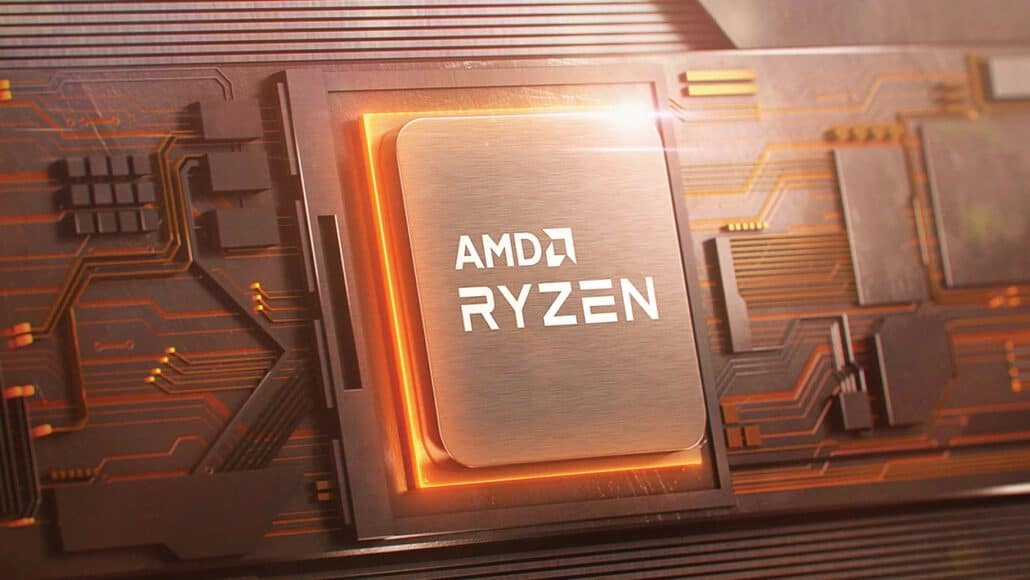
AMD had also recently confirmed that Zen 3 based Ryzen 4000 desktop processors would mark the continuation of its high-performance journey. The Zen 3 architecture would be first available on the consumer desktop platform with the launch of the Vermeer family of CPUs that will replace the 3rd Gen Ryzen 3000 Matisse family of CPUs.
So, what’s next for AMD in the PC space? Well, I cannot share too much, but I can say our high-performance journey continues with our first “Zen 3” Client processor on-track to launch later this year. I will wrap by saying you haven’t seen the best of us yet…
AMD Executive Vice President of Computing & Graphics – Rick Bergman
In addition to Zen 3 based consumer CPUs, AMD also talked about its Zen 3 powered EPYC lineup codenamed Milan. The 3rd Generation EPYC Milan family is stated to be on track to ship later this year. A while ago, AMD confirmed that they have Zen 3 Ryzen 4000 CPUs running in their labs and now they are confirming that EPYC Milan CPUs are also looking good in the labs. While EPYC Milan will be a major driver for AMD in 2021, AMD still expects some huge wins with its existing 2nd Gen EPYC Rome CPUs.
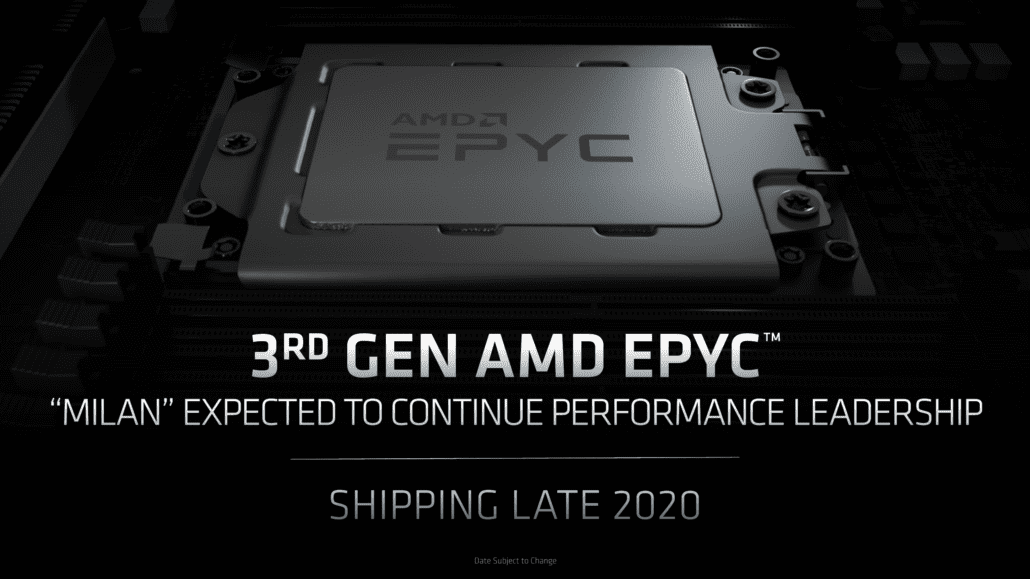
On that matter, AMD states that there are still a number of OEM and cloud-based platforms that are expected to launch in the second half of this year and during the first half of 2021. From the looks of it, EPYC Milan will start picking up momentum by the second half of 2021 as the company continues to work with its customers on Milan. AMD has also confirmed its first Zen 4 powered EPYC Genoa lineup to be introduced in the second half of 2021 and we can expect first shipments commencing by 2022.
As we look forward to the second half of this year, there are more platforms coming with Rome. We have number of OEM platforms that are in the process of being launched and we have additional cloud platforms as well so I think Rome is gonna continue to be a strong driver of our growth into the second half of this year as well as next year.
We are excited about Milan. Milan is looking good in the labs. We are working with our customers on Milan and we expect to start shipping it later this year.
AMD CEO – Dr. Lisa Su
There could be no AMD earnings call without discussing graphics and AMD’s CEO has confirmed that its RDNA 2 and CDNA 1 GPUs are expected to launch later this year. AMD’s CEO also termed RDNA 2 as Big Navi, once again highlighting the fact that we will get to see enthusiast-grade GPUs first before moving into the more mainstream stack. AMD has previously confirmed that the Big Navi GPU will be the first RDNA 2 product to launch this year and even before the launch of next generation of consoles.
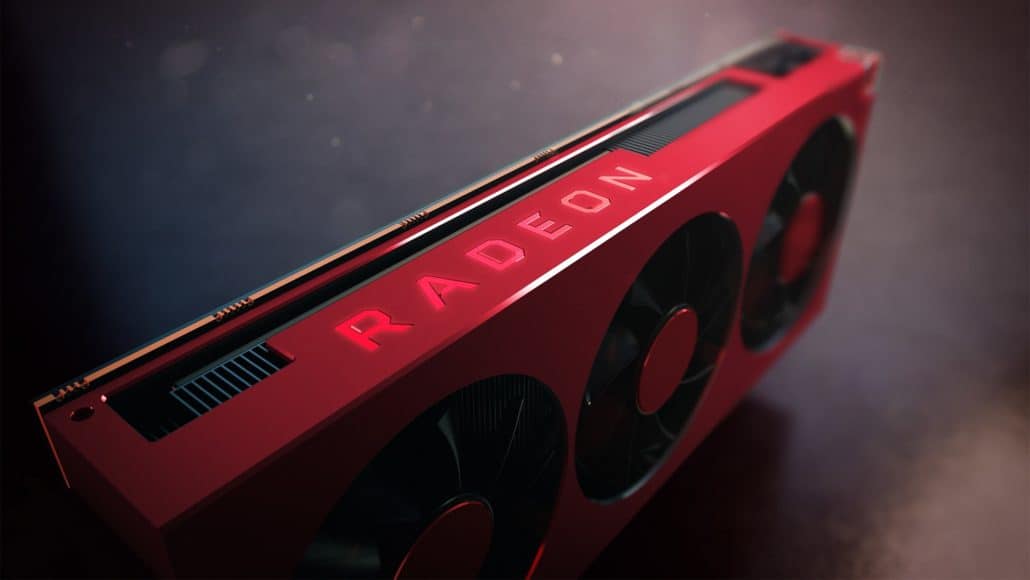
Lisa also stated that RDNA 2 isn’t just aimed at the high-end market. It will be a full refresh from the top of the stack to the rest of the stack. This means that AMD is just aiming the enthusiast segment first and will introduce mainstream performance offerings within the first half of 2021.
We are on track to launch RDNA 2 or as you call it Big Navi late this year.
We are excited about the RDNA 2 architecture. It’s a full refresh from top of the stack to the rest of the stack.
AMD CEO – Dr. Lisa Su
Devinder Kumar, CFO of AMD, also revealed that the RDNA 2 architecture goes through the entire stack which means that we won’t be getting just high-end products but also mainstream and the high-end graphics card under the enthusiast segment at much affordable price points.
“There’s a lot of excitement for Navi 2 (RDNA 2), or what our fans have dubbed as the Big Navi“
“Big Navi is a halo product”
“Enthusiasts love to buy the best, and we are certainly working on giving them the best”.
“RDNA 2 architecture goes through the entire stack“
“it will go from mainstream GPUs all the way up to the enthusiasts and then the architecture also goes into the game console products… as well as our integrated APU products.
“This allows us to leverage the larger ecosystem, accelerate the development of exciting features like ray tracing and more.”
AMD CFO – Devinder Kumar
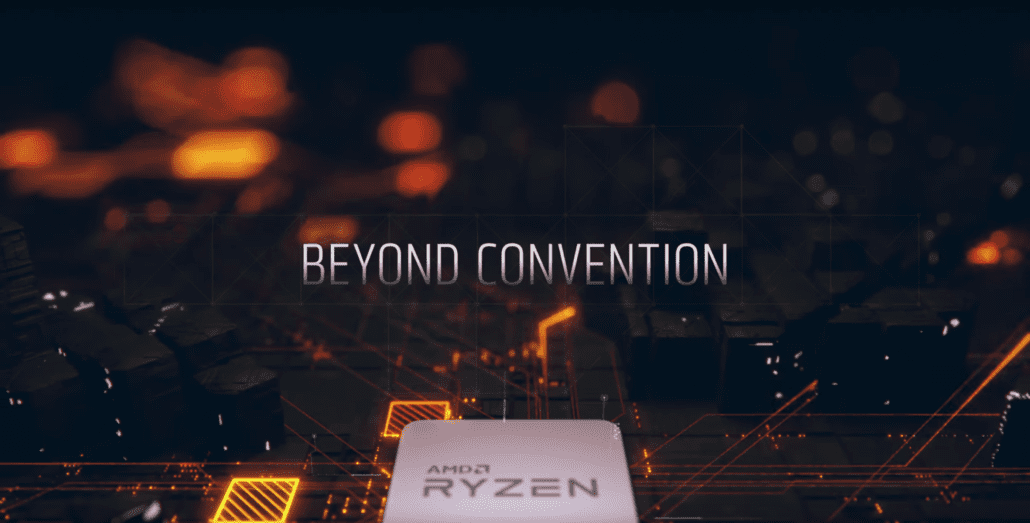
In addition to existing products, AMD also highlighted its next-generation product roadmap with EPYC Genoa based on TSMC’s bleeding-edge 5nm process on track for 2021. AMD’s roadmaps also confirm that RDNA 3, CDNA 2, and Zen 4 are expected to make their first debut in 2021. The latest roadmaps are also interesting in the sense that AMD’s Ryzen lineup goes up to 2021 with the Ryzen 4000 ‘Vermeer’ Desktop CPUs but the RDNA 3 Gaming GPU lineup goes up to 2022 with the Navi 3X based products.
It’s possible that AMD is likely to launch Zen 4 with its server EPYC Genoa family first while next-gen Zen 4 based Ryzen CPUs could be introduced in early 2022, marking a year since the launch of the Ryzen 4000 Desktop CPUs.
AMD’s Updated CPU/GPU Roadmaps:
Here’s Everything We Know About The AMD’s Zen 3 Based Ryzen 4000 ‘Vermeer’ Desktop CPUs
The AMD Zen 3 architecture is said to be the greatest CPU design since the original Zen. It is a chip that has been completely revamped from the group up and focuses on three key features of which include significant IPC gains, faster clocks, and higher efficiency.
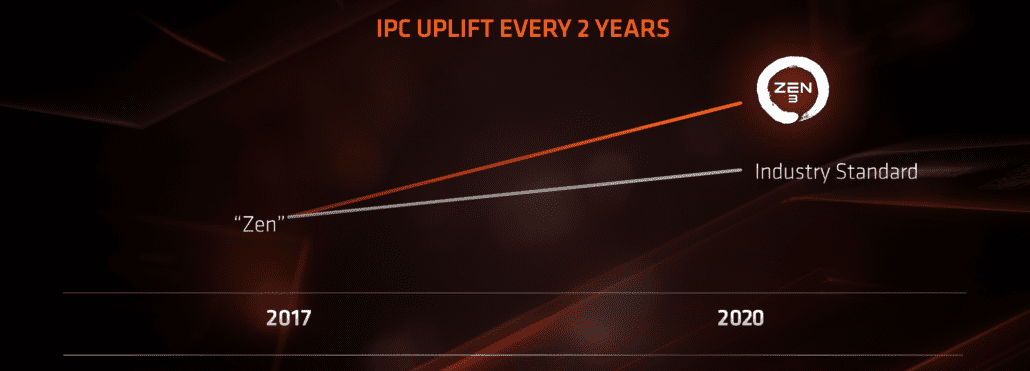
AMD has so far confirmed themselves that Zen 3 brings a brand new CPU architecture, which helps deliver significant IPC gains, faster clocks, and even higher core counts than before. Some rumors have even pointed to a 17% increase in IPC and a 50% increase in Zen 3’s floating-point operations along with a major cache redesign.
We also got to see a major change to the cache design in an EPYC presentation, which showed that Zen 3 would be offering a unified cache design which should essentially double the cache that each Zen 3 core could have access compared to Zen 2.
The CPUs are also expected to get up to 200-300 MHz clock boost, which should bring Zen 3 based Ryzen processors close to the 10th Generation Intel Core offerings. That, along with the massive IPC increase and general changes to the architecture, would result in much faster performance than existing Ryzen 3000 processors, which already made a huge jump over Ryzen 2000 and Ryzen 1000 processors while being an evolutionary product rather than revolutionary, as AMD unveiled very recently.
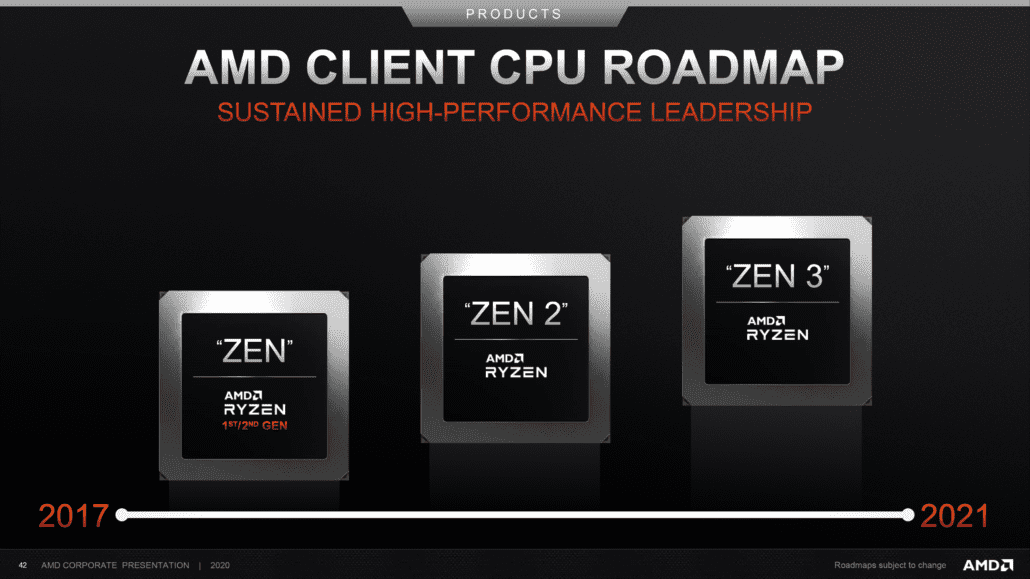
The key thing to consider is that we will get to see the return of the chiplet architecture and AMD will retain support on the existing AM4 socket. The AM4 socket was to last until 2020 so it is likely that the Zen 3 based Ryzen 4000 CPUs would be the last family to utilize the socket before AMD goes to AM5 which would be designed around the future technologies such as DDR5 and USB 4.0. AMD’s X670 chipset was also hinted as to arrive by the end of this year and will feature enhanced PCIe Gen 4.0 support and increased I/O in the form of more M.2, SATA, and USB 3.2 ports.
It was recently confirmed by AMD that Ryzen 4000 Desktop CPUs will only be supported by 400 & 500-series chipsets while 300-series support would be left out.
As for competition, the AMD Ryzen 4000 ‘Zen 3 Vermeer’ lineup would compete against Intel’s next-gen Rocket Lake-S desktop processors. Tackling the existing Intel Comet Lake-S won’t be so hard since the Ryzen 3000 CPUs are competitively positioned against the entire lineup as evident in our own review but Rocket Lake-S seems to be a major architectural uplift for Intel (although still based on 14nm process) which might just be Intel’s way back in the desktop mainstream market.
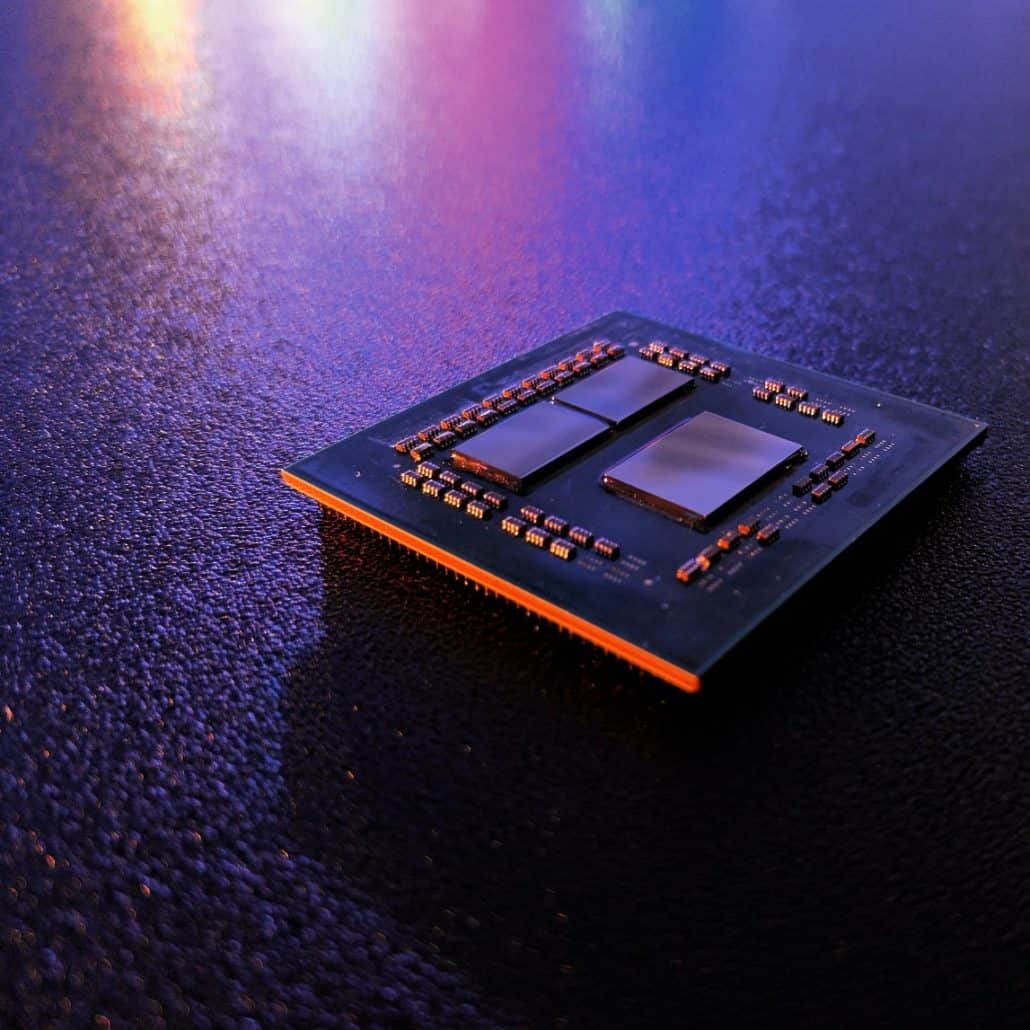
With that said, Rocket Lake-S is still something that needs to be evaluated prior to its release before we can call it a Zen 3 challenger but time would make it clear. As of now, the competitive advantage that AMD has with its Zen 2 based Ryzen 3000 is just way too big compared to whatever Intel has in their sleeves for this year and Zen 3 based Ryzen 4000 processors are going to push that envelope even further.
AMD CPU Roadmap (2018-2020)
| Ryzen Family | Ryzen 1000 Series | Ryzen 2000 Series | Ryzen 3000 Series | Ryzen 4000 Series | Ryzen 5000 Series | Ryzen 6000 Series |
|---|---|---|---|---|---|---|
| Architecture | Zen (1) | Zen (1) / Zen+ | Zen (2) / Zen+ | Zen (3) / Zen 2 | Zen (3)+ / Zen 3? | Zen (4) / Zen 3? |
| Process Node | 14nm | 14nm / 12nm | 7nm | 7nm+ / 7nm | 7nm+ / 7nm | 5nm / 7nm+ |
| Server | EPYC ‘Naples’ | EPYC ‘Naples’ | EPYC ‘Rome’ | EPYC ‘Milan’ | EPYC ‘Milan’ | EPYC ‘Genoa’ |
| Max Server Cores / Threads | 32/64 | 32/64 | 64/128 | 64/128 | TBD | TBD |
| High End Desktop | Ryzen Threadripper 1000 Series (White Haven) | Ryzen Threadripper 2000 Series (Coflax) | Ryzen Threadripper 3000 Series (Castle Peak) | Ryzen Threadripper 4000 Series (Genesis Peak) | Ryzen Threadripper 5000 Series | Ryzen Threadripper 6000 Series |
| Max HEDT Cores / Threads | 16/32 | 32/64 | 64/128 | 64/128? | TBD | TBD |
| Mainstream Desktop | Ryzen 1000 Series (Summit Ridge) | Ryzen 2000 Series (Pinnacle Ridge) | Ryzen 3000 Series (Matisse) | Ryzen 4000 Series (Vermeer) | Ryzen 5000 Series (Warhol) | Ryzen 6000 Series (Raphael) |
| Max Mainstream Cores / Threads | 8/16 | 8/16 | 16/32 | 16/32 | TBD | TBD |
| Budget APU | N/A | Ryzen 2000 Series (Raven Ridge) | Ryzen 3000 Series (Picasso Zen+) | Ryzen 4000 Series (Renoir Zen 2) | Ryzen 5000 Series (Cezanne Zen 3) | Ryzen 5000 Series (Rembrandt Zen 3) |
| Year | 2017 | 2018 | 2019 | 2020/2021 | 2020/2021 | 2022 |
Here’s Everything We Know About AMD’s RDNA 2 Based Radeon RX Navi 2X Desktop GPUs
The AMD RDNA 2 based Radeon RX Navi 2x graphics card family is also touted to disrupt the 4K gaming segment similar to how Ryzen disrupted the entire CPU landscape. That’s a pretty bold claim from AMD themselves but leaks and rumors are suggesting that this might be the case for AMD’s next-generation Radeon RX graphics cards.
AMD unveiled that RDNA 2 GPUs will deliver a similar performance jump over the first-gen RDNA GPUs like Zen 2 delivered over Zen 1. The first RDNA GPUs delivered a massive 50% increase in performance per watt over GCN architecture and RDNA 2 GPUs are expected to do the same over RDNA 1, delivering another 50% increase in performance per watt.
According to the roadmap shared by AMD, the RDNA 2 GPUs would feature three key features that will be part of the new GPU architecture. First and foremost is the performance per watt increase which is due to a number of reasons. AMD will be shifting from TSMC’s 7nm process to the more advanced 7nm process node. The new process node itself increases transistor efficiency on the new GPUs while decreasing its overall size, allowing AMD to cram more performance in a much smaller package.
The key changes that have led to a 50% increase in performance per watt include a redesigned micro-architecture with improved performance-per-clock (IPC), a logic enhancement that helps reduce design complexity and switching power and physical optimizations such as increased clock speeds.
AMD has also announced that RDNA 2 GPUs would feature VRS (Variable Rate Shading) and hardware-accelerated ray tracing. AMD is following suit with NVIDIA here who have already implemented the said technologies on its Turing GPU based GeForce RTX graphics cards. With the launch of the new consoles from Microsoft and Sony imminent, AMD is going to work to provide these features with its own optimization framework to developers for integration within next-generation gaming titles.
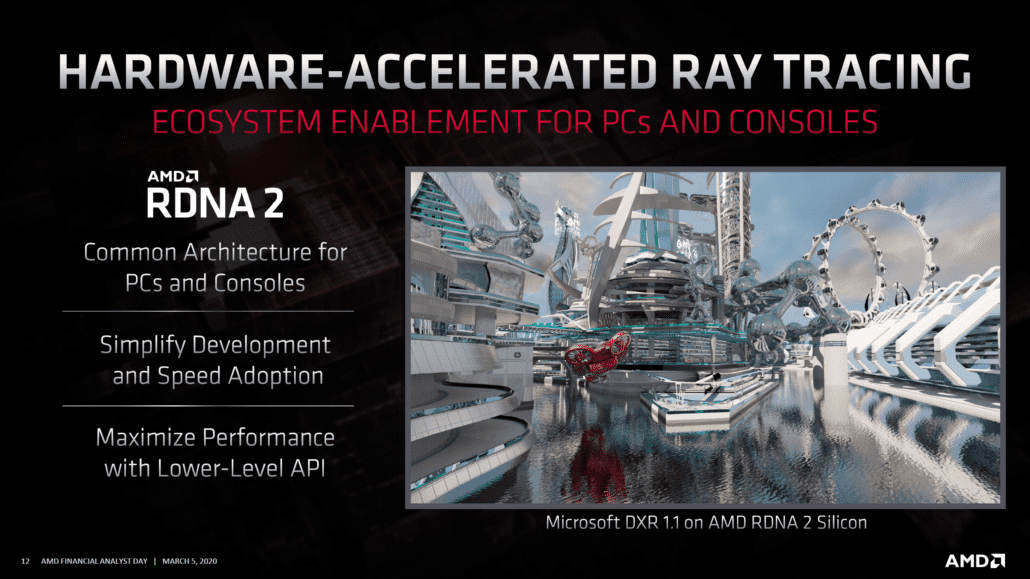
AMD has also recently showcased its RDNA 2 GPUs running Microsoft’s DXR 1.1 (DirectX 12 API Ultimate) demo internally which utilizes hardware-accelerated ray tracing. AMD’s approach to ray tracing is to offer simplified development and speedy adopting and that is definitely possible through consoles where the mass majority of game developers focus their efforts towards.
A recent rumor hinted that only AMD’s high-end RDNA 2 GPU lineup would feature ray-tracing technology on hardware-level whereas the entry-tier and mainstream lineup will focus on higher performance efficiency, similar to how NVIDIA distinguishes its GeForce RTX and GeForce GTX line of Turing graphics cards.
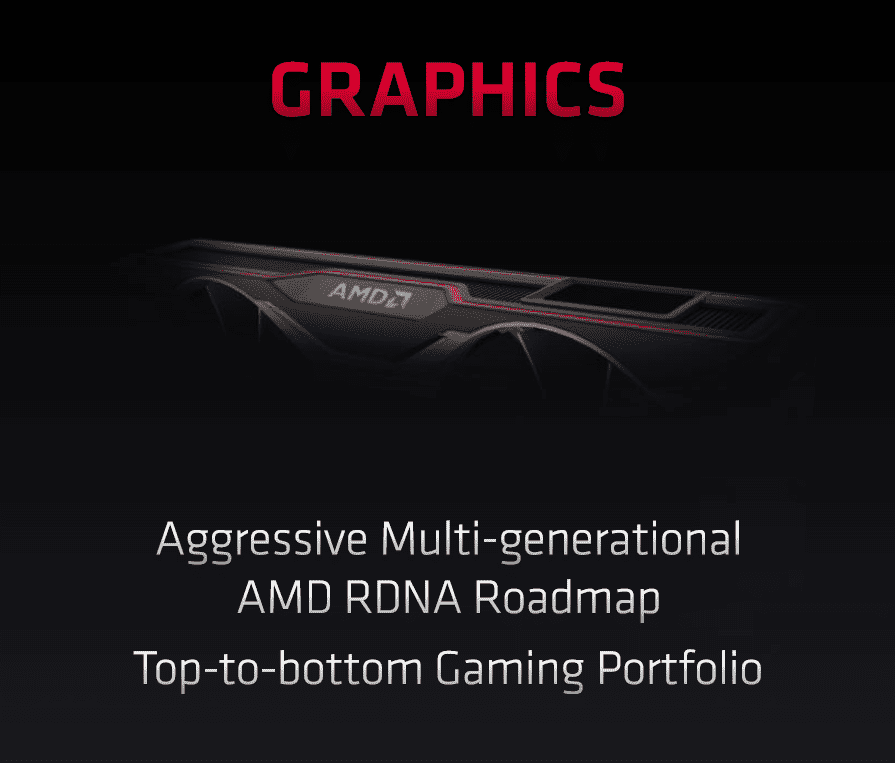
AMD’s CEO, Dr. Lisa Su, has already stated that we can expect a new RDNA 2 GPU based Radeon RX high-end family and a 7nm RDNA refresh family to launch this year. The same was stated during the presentation in which it was stated that the “Navi 2x” lineup would scale from top to bottom and as the name suggests, would deliver twice the performance efficiency increase over the first-generation RX graphics cards.
With that said, we are already aware of a recent rumor which pointed out that AMD’s high-end Radeon RX Navi GPUs could be up to twice as fast as Navi 10, featuring a massive die size and GDDR6 memory. Some of the features to expect from 2nd Generation RDNA Navi GPUs would be:
- Optimized 7nm process node
- Enthusiast-grade desktop graphics card options
- Hardware-Level Ray Tracing Support
- A mix of GDDR6 graphics cards
- More power-efficient than First-Gen Navi GPUs

One of the key features on the AMD Big Navi Radeon RX GPU is that it is going to disrupt the 4K gaming segment, similar to how Ryzen disrupted the entire CPU segment. These are some bold claims by AMD, but if those rumored specifications are anything to go by, then these claims may not be that far fetched.
“With the Radeon 5000-series we are essentially covering 90-something-percent of the total PC gamers today,” says Chandrasekhar. “And so that’s the reason why no 4K right now, it’s because the vast majority of them are at 1440p and 1080p.
“That doesn’t mean a 4K-capable GPU isn’t coming, it is coming, but for here and now we want to focus on the vast majority of gamers.”
“Similar to Ryzen,” he says, “all of us need a thriving AMD Radeon GPU ecosystem. So, are we going after 4K, and going to similarly disrupt 4K? Absolutely, you can count on that. But that’s all I can say right now.”
– PCGamesN
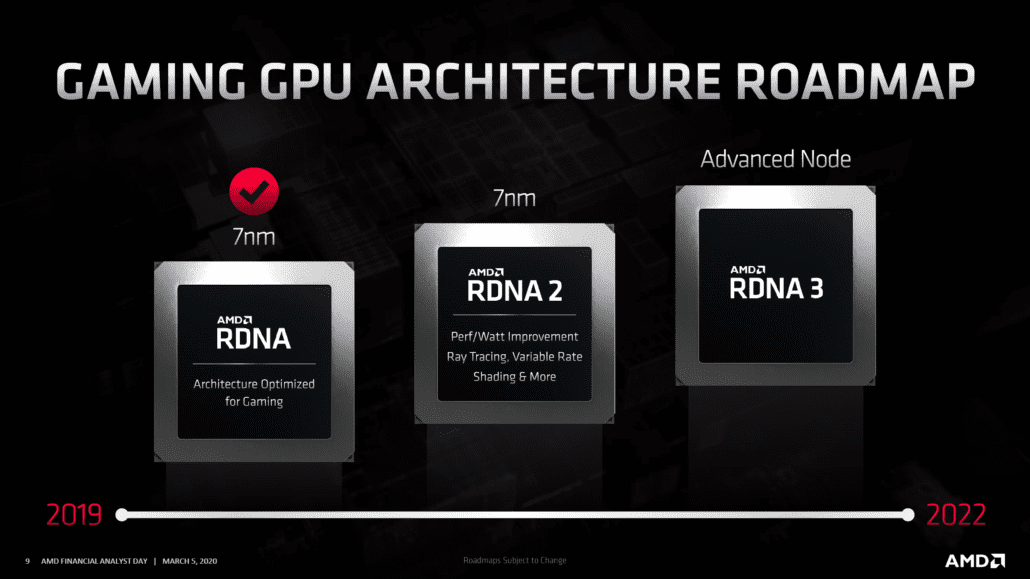
Once again, AMD in its own presentation emphasized enthusiast-class performance for the RDNA 2 based Radeon RX ‘Navi 2X’ GPUs so that’s something to consider. The competition however from the other side won’t just go eyes closed as AMD launches its high-performance graphics cards. The next-generation NVIDIA based GeForce GPUs is shaping up to be a beast on their own based on the early specs that we have seen. AMD’s Radeon RX GPUs will have to prove whether they can really hold up not only against NVIDIA’s existing Turing line but also their next-generation Ampere lineup.
The second half of this year is definitely going to be an exciting one for consumers all around the globe who have been waiting to get their hands on the latest hardware for the PCs. Expect more information in the coming months as we get closer to launch.

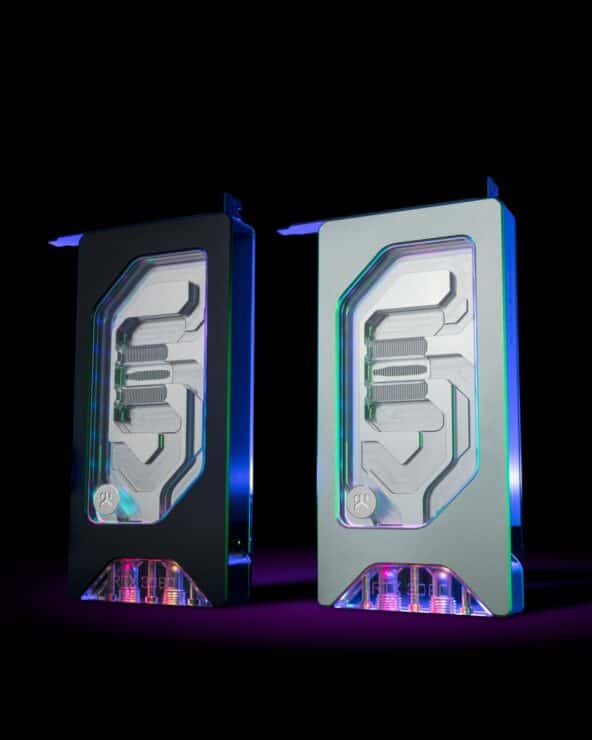


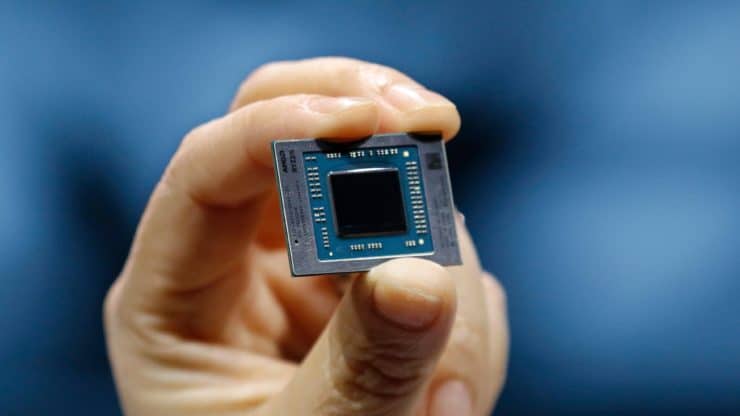
More Stories
EKWB Unveils The Quantum Vector FE RTX 3080 D-RGB – Special Edition Blocks For GeForce RTX 3080 FE Graphics Card
AMD Ryzen 7 5800H 8 Core & 16 Thread Cezanne ‘Zen 3’ High-Performance CPU Shows Up, Early ES Chip With 3.2 GHz Clocks
AMD Ryzen 9 5950X 16 Core Flagship CPU Benchmarked Again, Crushes Intel’s Top Core i9-10980XE 18 Core HEDT Chip